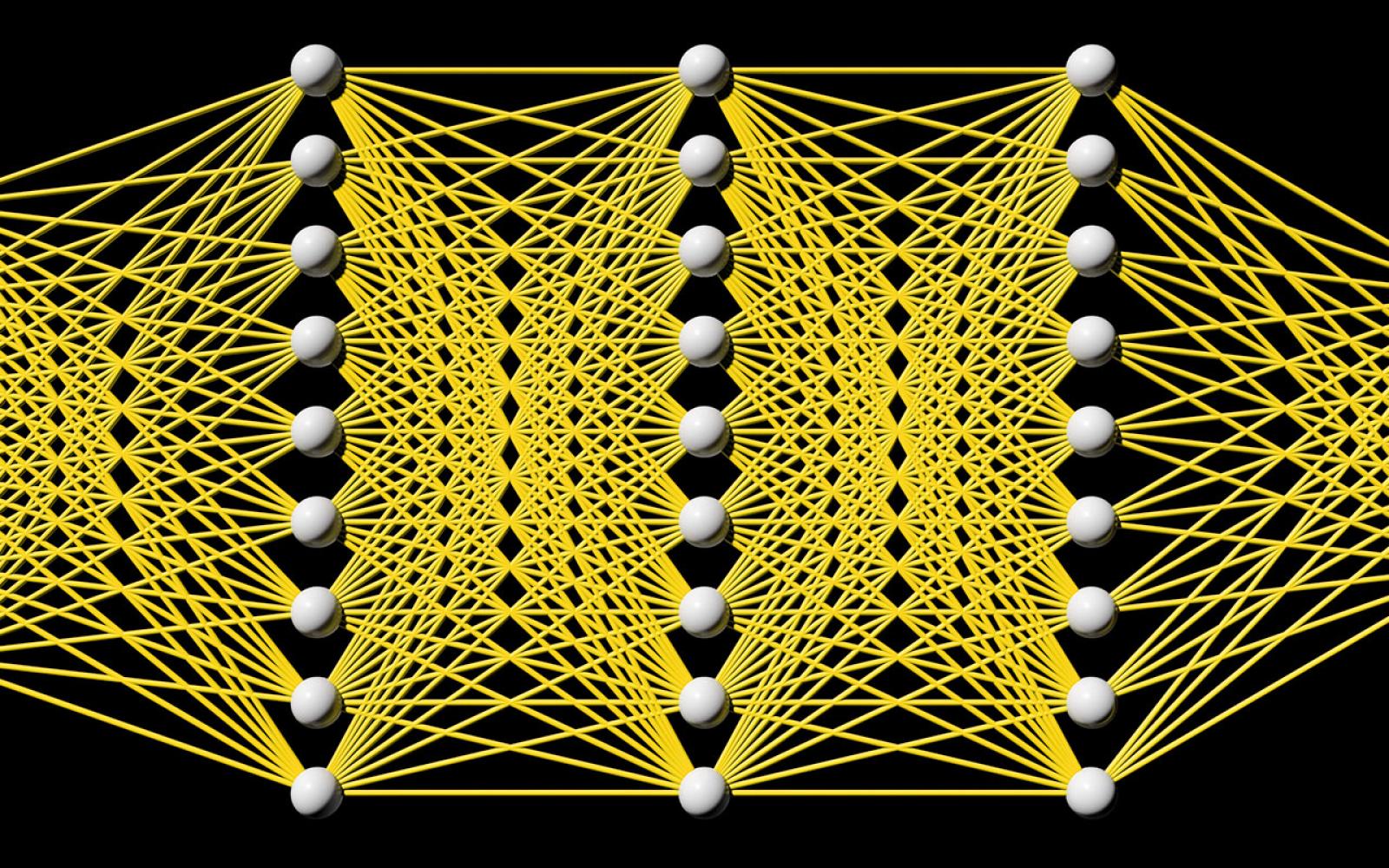SkyLiTE: End-to-End Design of Low-Altitude UAV Networks for Providing LTE Connectivity.
Un-manned aerial vehicle (UAVs) have the potential to change the landscape ofwide-area wireless connectivity by bringing them to areas where connectivitywas sparing or non-existent (e.g. rural areas) or has been compromised due todisasters. While Google's Project Loon and Facebook's Project Aquila areexamples of high-altitude, long-endurance UAV-based connectivity efforts inthis direction, the telecom operators (e.g. AT&T and Verizon) have beenexploring low-altitude UAV-based LTE solutions for on-demand deployments.Understandably, these projects are in their early stages and face formidablechallenges in their realization and deployment. The goal of this document is toexpose the reader to both the challenges as well as the potential offered bythese unconventional connectivity solutions. We aim to explore the end-to-enddesign of such UAV-based connectivity networks particularly in the context oflow-altitude UAV networks providing LTE connectivity. Specifically, we aim tohighlight the challenges that span across multiple layers (access, corenetwork, and backhaul) in an inter-twined manner as well as the richness andcomplexity of the design space itself. To help interested readers navigate thiscomplex design space towards a solution, we also articulate the overview of onesuch end-to-end design, namely SkyLiTE-- a self-organizing network oflow-altitude UAVs that provide optimized LTE connectivity in a desired region.
Stay in the loop.
Subscribe to our newsletter for a weekly update on the latest podcast, news, events, and jobs postings.



